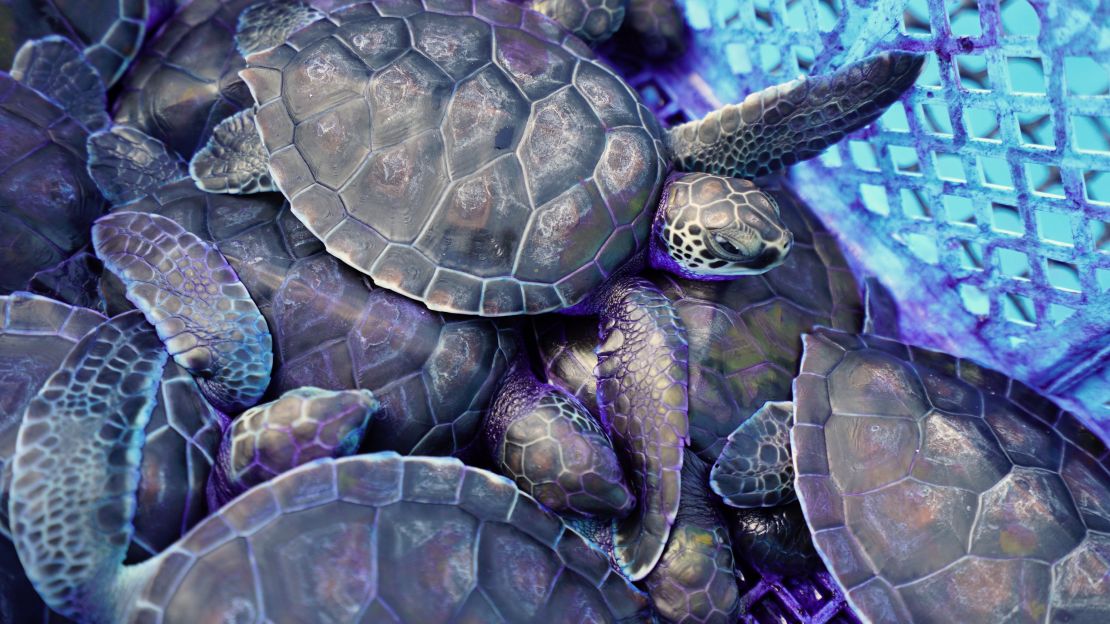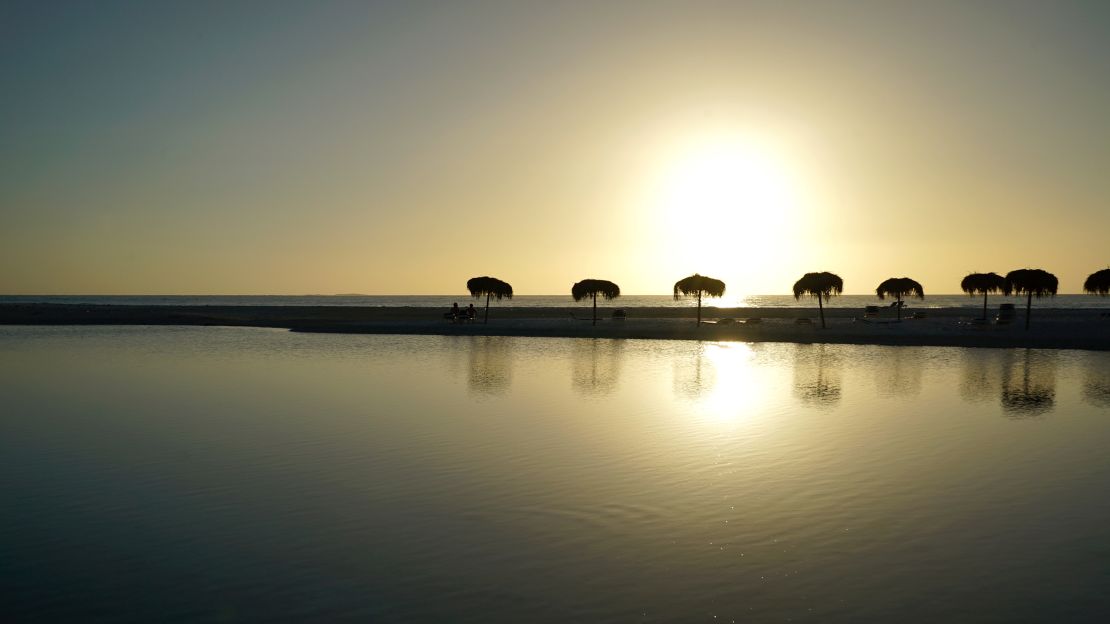With 3,570 miles of coastline, it’s no surprise that Cuba boasts an abundance of white sand beaches and clear blue waters.
When Christopher Columbus landed here in 1492, he is thought to have declared the island “the most beautiful land human eyes have ever seen.”
Ever since then, acclaim for the natural beauty of Cuba, the largest island in the Caribbean, has only grown.
Up until the 1950s, Cuba was a favorite destination for Americans looking to lie on a sunny, sandy beach. When Fidel Castro took control of the island in 1959 and soon thereafter broke off relations with the US government, the Cuban tourism industry ended almost overnight.
Castro’s revolution nationalized all the hotels, and a US economic embargo prevented Americans from visiting Cuba. Suddenly, thanks to the Cold War, a weekend destination that had been easily accessible was off limits.
The tens of thousands of Cubans who fled to the United States brought with them an overwhelming nostalgia for a homeland they had left behind forever.
When I lived in Miami for much of the 2000s, Cuban exiles described the fine, snow white sands of Varadero as if they had just come from a day at the beach and were not describing a place they hadn’t seen in more than a half-century.
Then I moved to Cuba in 2012 and discovered that in typical Cuban fashion nearly everyone disagreed about which beaches were the best the island had to offer.
Many experienced beach goers swore that Cayo Largo del Sur – an island off the southern coast – had the most incredible beaches in Cuba.
And though I had traveled across the entire island countless times in the past seven years, I’d never visited Cayo Largo.
En route to paradise

So at 5 o’clock one morning, I found myself waiting at the tiny airport in the town of Baracoa, just outside Havana, to catch the single daily flight to Cayo Largo.
The airport is next to a military base, which I made the mistake of pulling into in the morning darkness. A few soldiers surrounded my car and politely explained I needed to drive a little farther down the road.
A group of passengers was waiting in the terminal under fading Cuban tourism posters to board the aging Aerogaviota plane when the gate agent informed us that we would first make a stop in Cayo Santa Maria, an hour’s flight in the opposite direction.
As some Italian passengers began to protest the detour, the smiling gate agent interrupted them. “Dont worry! It’s a beautiful flight!”
A long time ago, I learned that things rarely go the way they are supposed to in Cuba, but if you are patient and relax, it all works out.
About an hour after the unscheduled stop in Cayo Santa Maria, we were over our destination: Cayo Largo.
The island sits to the south of the Bay of Pigs, the site of the disastrous CIA-backed invasion of Cuba in 1961. Today, thanks to the area’s pristine coral reefs, Cayo Largo is one of the island’s premier diving locations.
The local dive shop organizes daily excursions to explore barrier reefs and caves. The transparent waters are crawling with marine life – from tropical fish to sea turtles and even small sharks.
Christopher Columbus is believed to have visited Cayo Largo on his second trip to the New World and the uninhabited island was later a favorite hideout for pirates.
In the 1990s, following the collapse of their main ally the Soviet Union, cash-strapped Cuba again opened to tourism.
A string of all-inclusive hotels were eventually developed on Cayo Largo to take advantage of the island’s pristine, uninterrupted beaches.
A tourism thaw – and refreeze
Landing at the small airport, a salsa band played while we waited about 40 minutes for the bags to be brought from where they were sitting just outside the terminal.
There were direct flights from Montreal, Toronto, Milan and Rome, but because of the still-tense relations, none from the United States.
During his second term, then-President Barack Obama relaxed travel restrictions to Cuba and allowed US carriers to resume direct flights to destinations across Cuba for the first time in 50 years.
The catch was US visitors were not supposed to engage in tourism activities such as going to the beach.
Still, despite the fact that there isn’t anything to do on Cayo Largo other than tourism, some US airlines had been exploring starting service to the island when Donald Trump was elected President.
Trump vowed to “rip up” Obama’s deal with Cuba and bring new tougher sanctions to bear on the Cuba’s Communist-run government.
So far, the Trump changes have tightened up the permitted categories of travel for Americans and banned certain hotel chains and tourist facilities linked to the Cuban military but have not dramatically rolled back Obama’s Cuba policy.
Still, the chilling effect has been felt across Cuba.
“Trump screwed everything up,” Manuel tells me, one of only a handful of taxi drivers on Cayo Largo. “There were more Americans coming, but they almost all have gone.”
Other than the taxis, the only way to get around the island are ATVs, mopeds and a few cars for rent. I had reserved a car weeks in advance but received word from the rental agency that it had broken down and there was no replacement.
Quiet and undeveloped

As we drive across the island, Cayo Largo almost seems like it doesn’t belong to the rest of Cuba.
It is the first place I have seen in Cuba that does not have a single billboard celebrating the Cuban revolution or the exploits of Che Guevara.
There are beaches and sparkling water everywhere you look. The areas in front of the hotels have a lot of people soaking up rays but walk a few minutes and you have the beach to yourself.
Cayo Largo, or “Long Cay,” is 16 miles long and nearly two miles across. Most of Cayo Largo’s coastline is pristine beaches.
Other than the hotels, there is a marina where tourists can sail the nearby waters in catamarans, a dive shop to explore the spectacular underwater scenery, a sea turtle hatchery, a nudist beach and miles and miles of postcard-perfect coastline.
The food in Cayo Largo is like most Cuban resorts – pretty dreadful. The only places I usually eat in Cuba are private restaurants called paladares, one of the few permitted forms of capitalism. But there are none of those here, so you are restricted to hotel restaurants and buffets.
The taxi driver Manuel takes me to the other end of the island to Playa Paraiso or “Paradise Beach,” regarded by many as Cayo Largo’s best stretch of sand and ocean.
“Honestly, I never get tired of this,” says Manuel as we pull into the beach.
Other than a small snack shack, there’s no other development or structures around. The sand is pure white and as fine as any I have seen in Cuba.
Even though there were waves off shore, Playa Paraiso formed a small cove that allowed me to swim in the perfectly blue waters off the beach.
It was high season but most of the beach chairs were empty. When I went back the following evening to Playa Paraiso, I was the only person there watching the sun go down.
It took me a long time to get to this beautiful stretch of Cuban sand, but it was well worth the wait to visit this tranquil island.











